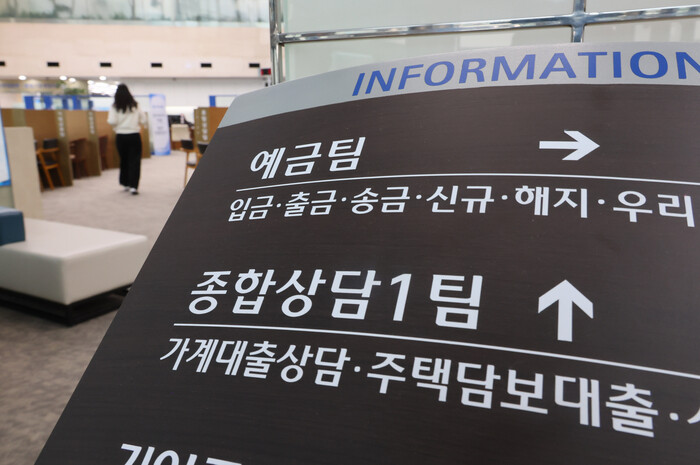
Seoul – While household lending across South Korea’s financial sector has continued its upward trajectory for the eighth consecutive month, the pace of growth has slowed, marking the smallest increase since June. However, a significant shift has emerged: non-banking financial institutions (NBFIs), including community credit cooperatives like Saemaul Geumgo, have experienced a surge in household loans, outpacing banks and reaching a peak not seen in over three years. This “balloon effect,” where lending activity shifts from regulated banks to less regulated NBFIs, has intensified compared to the previous month.
Data released by the Bank of Korea (BOK), the Financial Services Commission (FSC), and the Financial Supervisory Service (FSS) on December 11 revealed that outstanding household loans at banks reached a record 1,141.4 trillion won. Despite the eight-month growth streak, the month-on-month increase was only 1.9 trillion won, indicating a substantial deceleration.
Within the banking sector, the growth of housing mortgage loans (including “jeonse” deposit loans, a unique Korean rental system) significantly contracted, falling from a 3.6 trillion won increase in October to just 1.5 trillion won in November. Notably, excluding government-backed policy loans, banks’ own mortgage lending actually decreased by 800 billion won, marking the first decline this year. Conversely, policy loans, such as Didimdol and Beotimok, saw a slight uptick, increasing by 2.3 trillion won, up from 2.1 trillion won in October.
This contraction in bank lending has fueled the "balloon effect," with borrowers turning to NBFIs. NBFIs reported a 3.2 trillion won increase in household loans in November, a marked increase from the 2.7 trillion won rise in October and the largest jump since July 2021. This surge was largely driven by mortgage lending, which increased by 700 billion won, from 1.9 trillion won in October to 2.6 trillion won in November.
This surge in NBFI lending is attributed, in part, to aggressive marketing efforts by mutual finance institutions like Saemaul Geumgo, targeting group loans for large residential complexes. Mutual finance institutions accounted for 1.6 trillion won of the total 3.2 trillion won increase in the NBFI sector.
Park Min-cheol, Deputy Director of the BOK’s Market Management Team, acknowledged the slowdown in overall household loan growth since its peak in August. While acknowledging the balloon effect and increased NBFI lending, he suggested these were partly driven by pre-existing housing transaction loans and new occupancy balance payments, indicating genuine demand.
The FSC also convened a household debt review meeting, pledging close monitoring of the NBFI lending situation. However, the commission also urged banks to lower lending rates for consumers and extended regulatory relief measures for reverse jeonse return loans (designed to help landlords repay rental deposits), signalling a somewhat accommodating stance on lending. This presents a complex picture, with regulators attempting to balance concerns about rising household debt with the need to support economic activity.
[Copyright (c) Global Economic Times. All Rights Reserved.]




























